- About
- Topics
- Picks
- Audio
- Story
- In-Depth
- Opinion
- News
- Donate
-
Signup for our newsletterOur Editors' Best Picks.Send
Read, Debate: Engage.
| July 25, 2022 | |
|---|---|
| topic: | Discrimination |
| tags: | #Kashmir, #India, #'leper colony', #health |
| located: | India |
| by: | Sameer Mushtaq, Suhail Bhat |
The Bahar-Aar sanatorium sits on the banks of Nigeen Lake in Indian-administered Kashmir. The 71 people who live here bear the permanent scars of leprosy - a disease that turned them into outcasts.
Leprosy is a chronic infectious disease caused by slow-growing bacteria called Mycobacterium leprae, which affects the peripheral nerves, eyes, skin and nose lining.
Although there has been a cure for leprosy since 1940, communities worldwide have continued to force infected patients into quarantine sites referred to as ‘leper colonies' for many decades - sentencing them to a life of isolation.
About 750 such colonies still exist in India today, housing an estimated 200,000 people.
Kashmir’s leper colony, which is tucked away on the outskirts of the capital Srinagar, is spread out over 60 acres and has a total of 64 rooms that can accommodate 200 people.
As one walks through the narrow alleys of Srinagar’s Lal Bazar towards the colony, the disparity is evident, as huge modern houses give way to decrepit one-story shacks dotted with newly constructed residential quarters.
The leper colony was established by the Kashmir Medical Mission in the 18th century under British rule. The leprosy patients, ostracised by society, were assembled from various parts of Kashmir and brought here.

Leprosy has turned the colony's 71 residents into outcasts and left lifelong scars on their bodies. It is Kashmir’s only leprosy rehabilitation centre.
The colony is made up of a mosque, a two-story hospital and a graveyard. Its green surroundings fill the colony with a sense of tranquility.

60-year-old Laldin takes a nap on the porch outside his room in the colony.
Residents typically stay indoors during the day as the disease affects their eyesight and makes it difficult for them to walk in the sun.

A woman with leprosy covering her facial deformity.
She is almost pulling off the lion's face, which is a common appearance among leper patients due to the pigmented skin and apparent nasal damage.

When Sharefudin was diagnosed with leprosy in sixth grade he was separated from his classmates at school, which effectively destroyed his ambition to obtain an education.
He has been in the colony since 1984. He was initially permitted to return home, but refused.
"I refused to return home because I was known in my village for having the illness," he told FairPlanet, "and my village refused to believe that I had been cured."
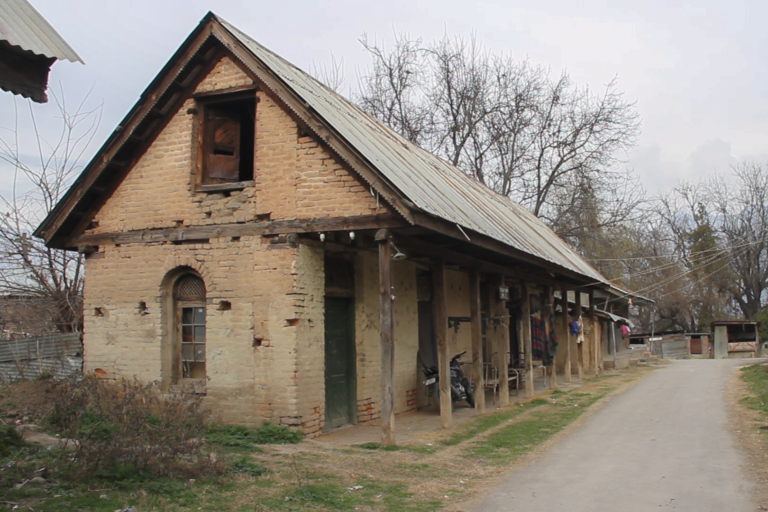
This old building used to house leprosy sufferers during the British-rule era. In those days, a single room would house several patients.
The doctors would frequently pair up two patients whose hands and feet are not severely impaired with ones who are immobile so that they could care for one another.
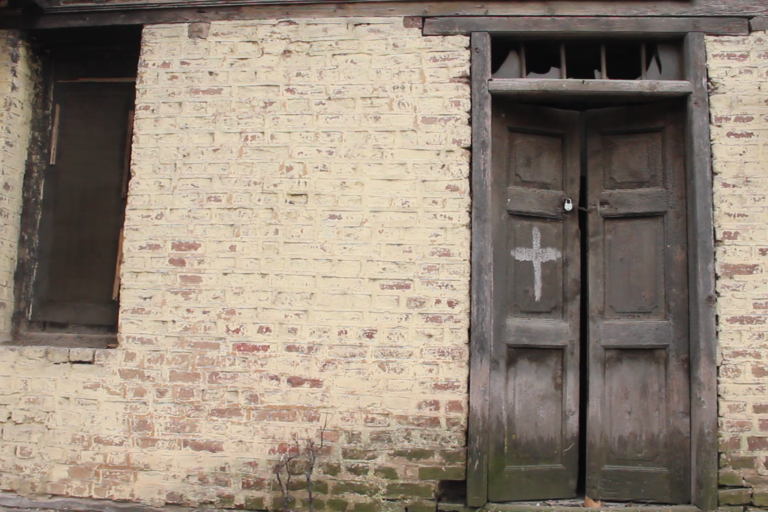
A former hospital that was historically used to treat patients when leprosy had peaked. Now it stands dilapidated and padlocked.
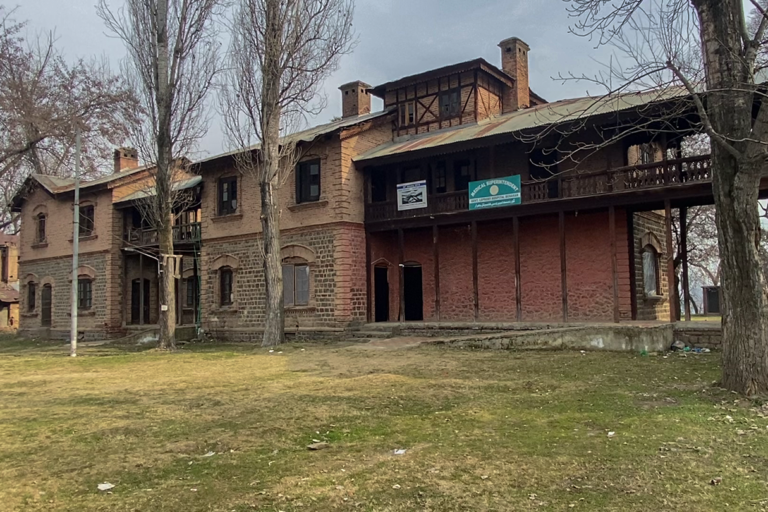
The colony's health centre, which was built when the colony was established, is still operational today. Inmates, who suffer from a variety of medical ailments, including diabetes and hypertension, frequently receive medical attention at this hospital.

Colony residents have their own cemetery and were not permitted to be buried elsewhere due to the stigma associated with the disease.
The majority of patients who pass away nowadays are still buried here, despite the fact that the stigma has diminished, as only a small percentage of families are prepared to bury their loved ones at their ancestral graveyards in the original communities.

To ensure that all of the residents could live comfortably, new quarters were built. The new apartments have a kitchen, a bathroom and one bedroom.
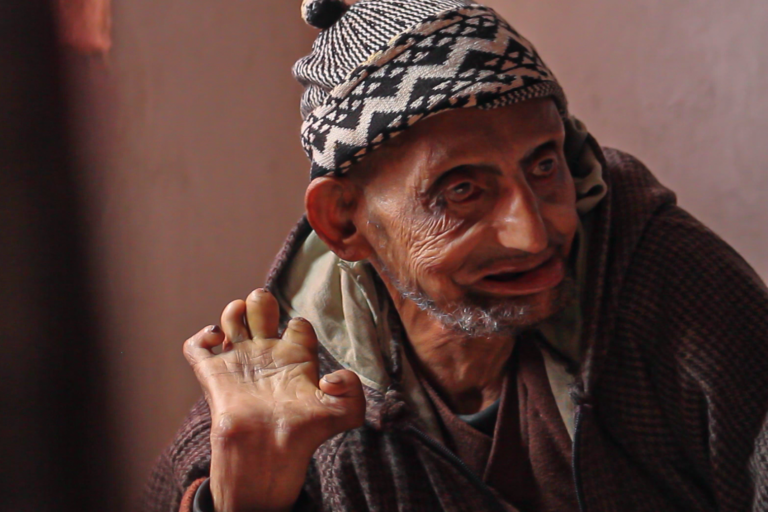
One of the colony's oldest residents, 70-year-old Bashir Ahmad, has been living here on his own for the past 50 years.
He was diagnosed when he was around 20 years old. His skin was deformed, his nerve endings were damaged, and he was left with wounds that require lifelong care. None of his family members come to see him, and so a woman whose parents had leprosy prepares food for him.

Sara Begum comforts her husband, Mohammad Asraf Sheik, by dabbing his legs outside of their communal space. Despite his disease, his wife decided to stay with him when he was transferred to the colony a year ago.
They are the colony's newest residents.
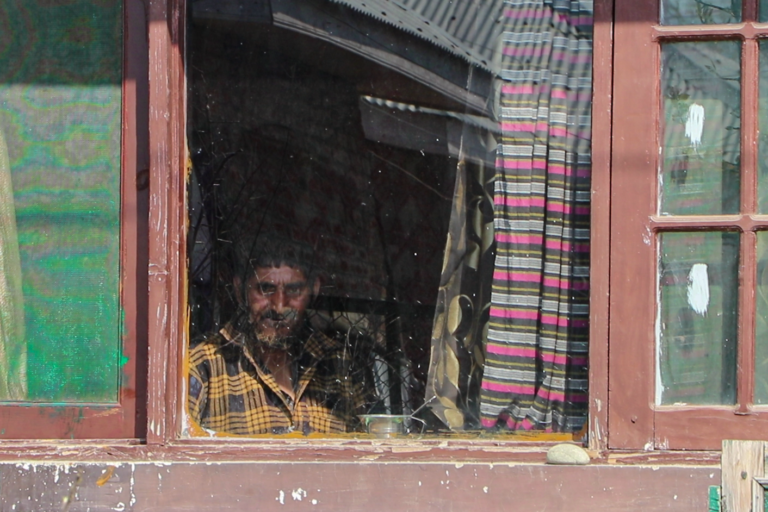
Leprosy has crippled the hands and legs of 45-year-old Ghulam Mohammad Dar. Since he lives on his own, his neighbours provide him with food. On occasion, Dar uses a wheelchair to leave his room.
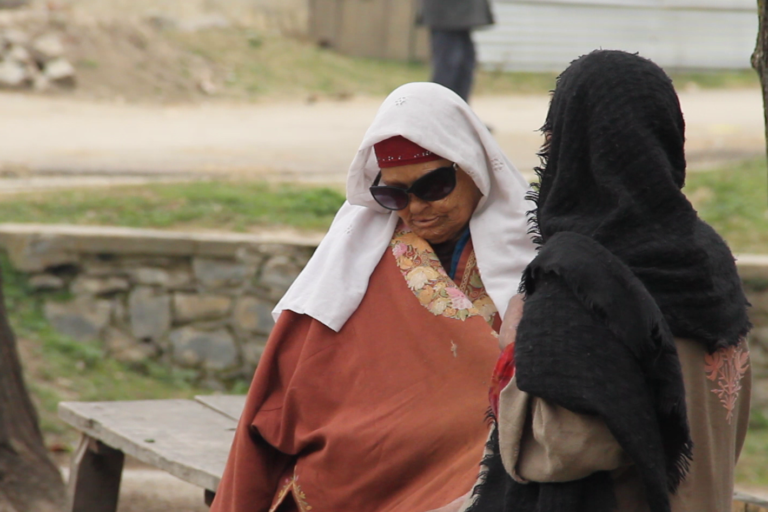
Like many other patients, Taja Begum married a fellow leprosy patient from within the colony. Begum and her late husband, Abdul Gaffar Sheikh, had six healthy children, all of whom have left the colony.
The women frequently gather to chat on the wooden bench in the colony square.
Images by Sameer Mushtaq and Suhail Bhat.
By copying the embed code below, you agree to adhere to our republishing guidelines.